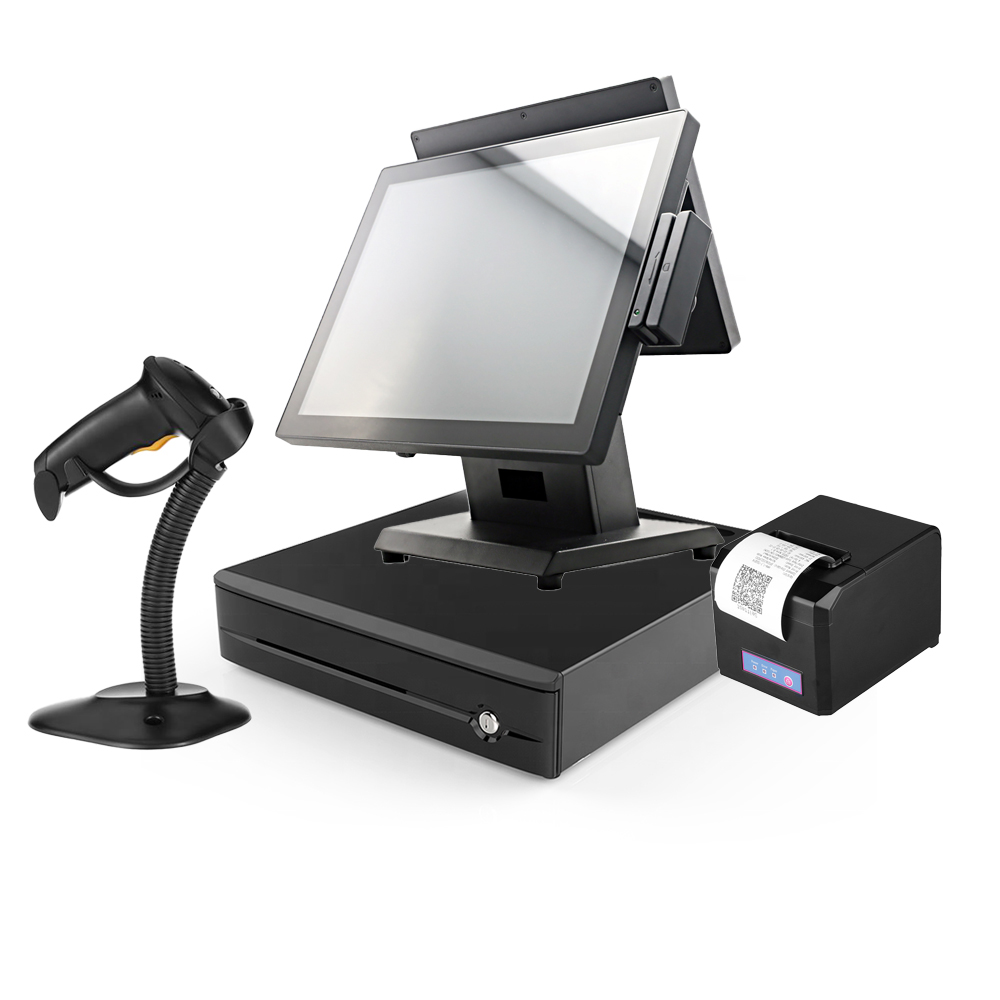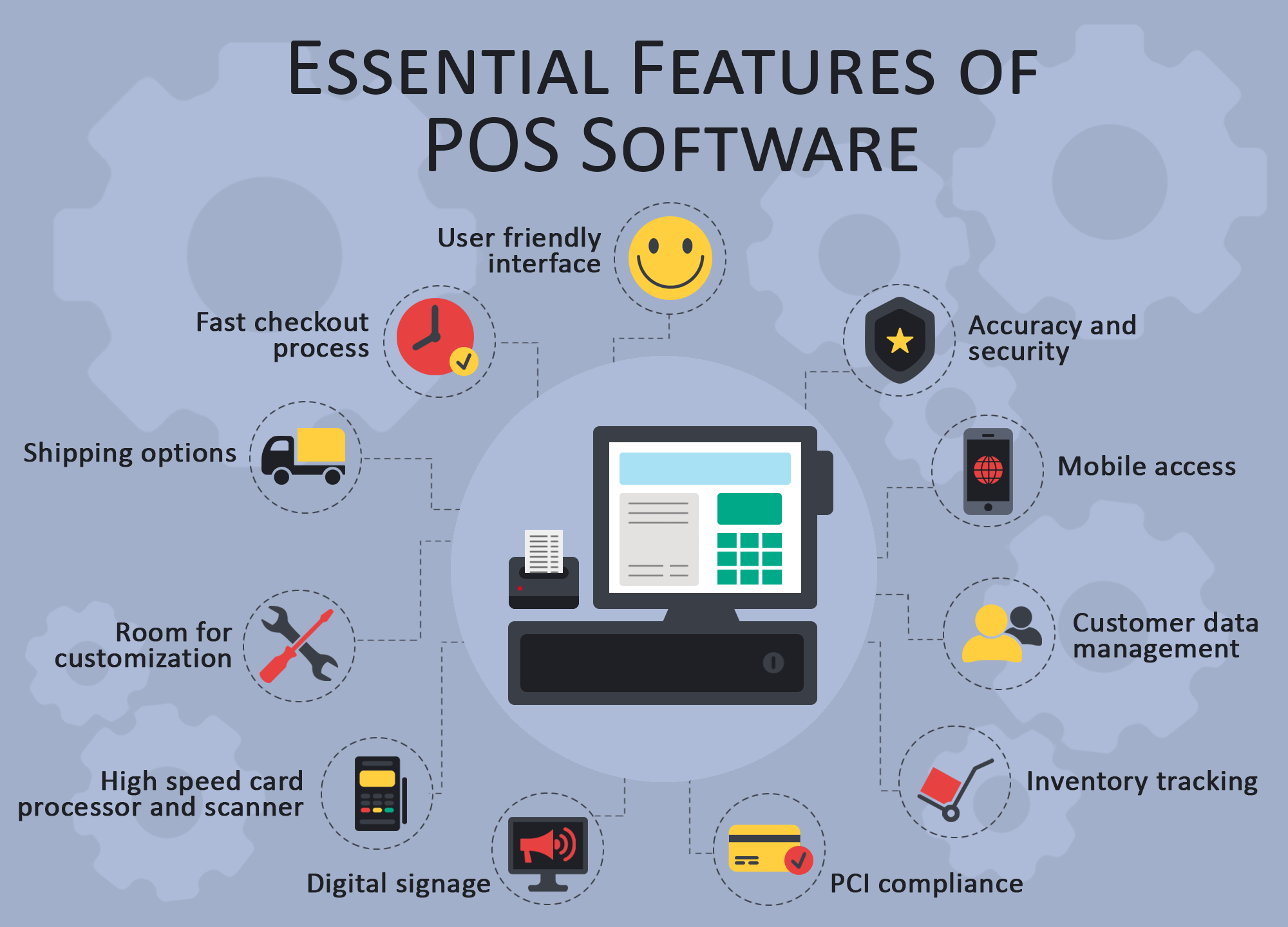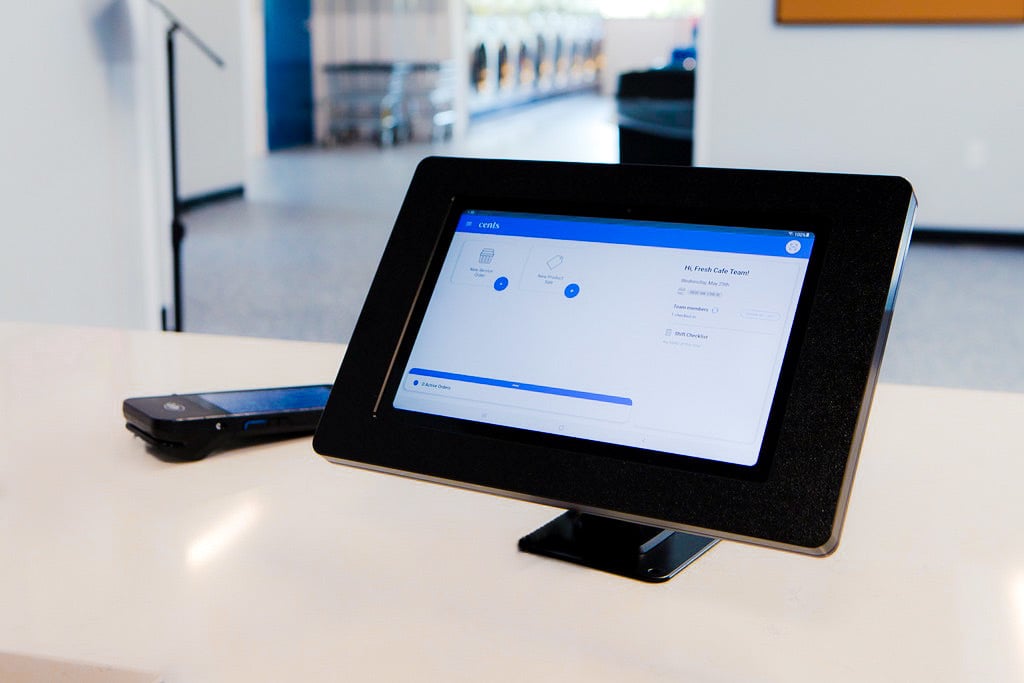How POS System Works: A Comprehensive Guide for Entrpreneurs

Comprehending the Elements of a POS System

Just How Sales Transactions Are Processed
When a customer makes a decision to purchase, the sales purchase launches a collection of organized actions within the POS system. The cashier inputs the things being purchased, which are scanned via a barcode reader or by hand entered. This activity obtains item details, including rates and suitable taxes, from the system's database.Next, the consumer exists with the total amount due. The POS system after that refines the repayment, whether through cash, credit report card, or mobile repayment approaches (Restaurant POS Software). For electronic repayments, the POS securely interacts with payment processors to authorize and confirm the transaction.Once the settlement is confirmed, the system produces an invoice, which can be printed or sent electronically. This invoice offers as proof of acquisition for the client. The transaction information is videotaped in the system, guaranteeing exact sales records and monetary monitoring for the service.
Stock Monitoring and Tracking

Reliable stock administration and tracking are important parts of a POS system, as they ensure that companies maintain ideal supply levels and decrease disparities. A durable POS system permits real-time inventory updates, mirroring sales and returns immediately. This allows entrepreneur to check stock degrees properly, making certain that preferred products are easily available while protecting against overstocking of much less popular products.Additionally, progressed POS systems provide functions such as automated supply signals and reorder recommendations, improving the procurement procedure. Barcoding and RFID technology enhance accuracy in tracking inventory movement, reducing human mistake. Extensive reporting devices supply insights into stock turnover rates, helping companies make informed choices regarding buying and item offerings. Inevitably, effective inventory management through a POS system not just enhances operational efficiency but also improves consumer satisfaction by guaranteeing product accessibility.
Assessing Client Information and Insights
Client information analysis functions as a powerful tool for companies making use of a POS system (Restaurant POS Software). By accumulating and checking out deal data, businesses can reveal valuable understandings regarding customer behavior and preferences. This evaluation allows them to determine purchasing trends, peak shopping times, and preferred items, thus educating supply choices and advertising strategies.Additionally, businesses can sector their client base, enabling personalized advertising and marketing initiatives that cater to specific demographics or purchasing practices. Recognizing customer commitment patterns likewise assists in establishing targeted benefits and promotions programs.The information amassed from a POS system can also reveal understandings into client responses, allowing organizations to make enlightened choices regarding item offerings and solution enhancements. Ultimately, leveraging customer information efficiently can boost the overall buying experience, foster customer contentment, and drive income development
Advantages of Executing a POS System

Often Asked Concerns
What Kinds of Services Can Take Advantage Of a POS System?
Numerous businesses directory gain from a POS system, consisting of retail shops, dining establishments, beauty salons, and shopping platforms. These systems improve deals, stock administration, and customer information, improving functional performance and boosting client experience throughout varied markets.
Just how much Does a POS System Normally Cost?
The expense of a POS system usually ranges from a few hundred to numerous thousand dollars, depending on features, equipment, and software program. Businesses should consider ongoing costs for assistance, maintenance, and purchase processing when budgeting.
Can I Integrate a POS System With Existing Software Application?
Integrating a POS system with existing software is often viable. Many systems offer APIs or integrated compatibility features, permitting companies to improve operations and improve functionality by linking various software application applications effectively.
What Training Is Needed for Staff to Utilize a POS System?
Training for staff to utilize a POS system generally consists of understanding software functionalities, refining purchases, handling supply, and handling client communications. Practical demonstrations and hands-on practice enhance efficiency and self-confidence in utilizing the system properly.
What Happens if the Web Goes Down While Utilizing a POS System?
Purchases might be interrupted if the web goes down during POS system Get the facts usage. Lots of systems supply offline capabilities, allowing fundamental procedures to proceed, but full functionality, consisting of real-time supply updates, will certainly be restricted. A Factor of Sale (POS) system is composed of several crucial components that work together to facilitate transactions and manage service procedures. Reliable supply management and tracking are essential components of a POS system, as they guarantee that businesses preserve excellent supply degrees and decrease disparities. Consumer information analysis serves as an effective device for businesses utilizing a POS system. Understanding customer loyalty patterns likewise aids in creating targeted promos and benefits programs.The information amassed from a POS system can also visit expose understandings into customer feedback, enabling companies to make educated choices pertaining to product offerings and service renovations. Carrying out a POS system supplies many advantages that can considerably improve company operations.